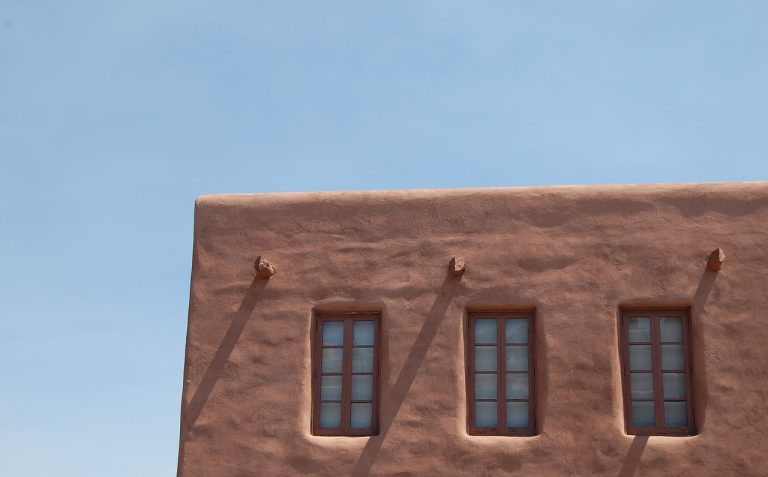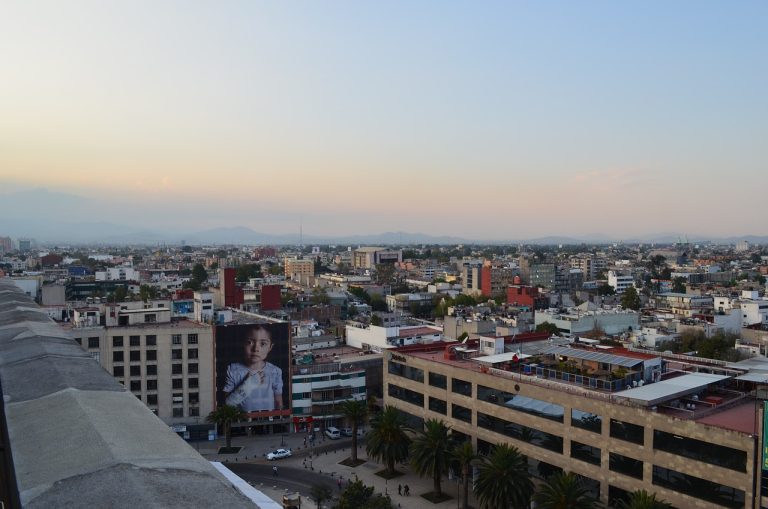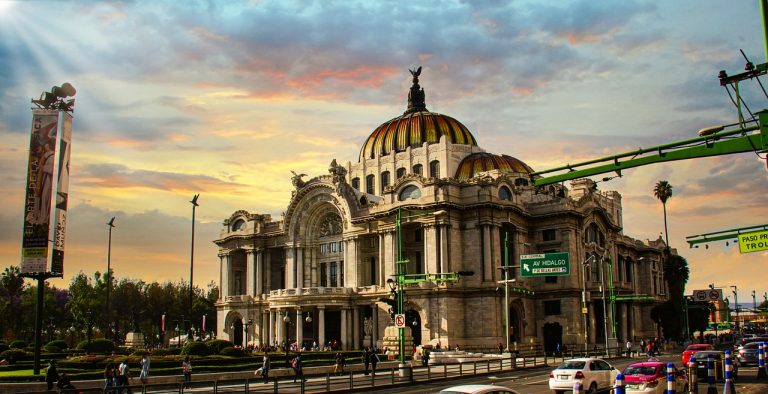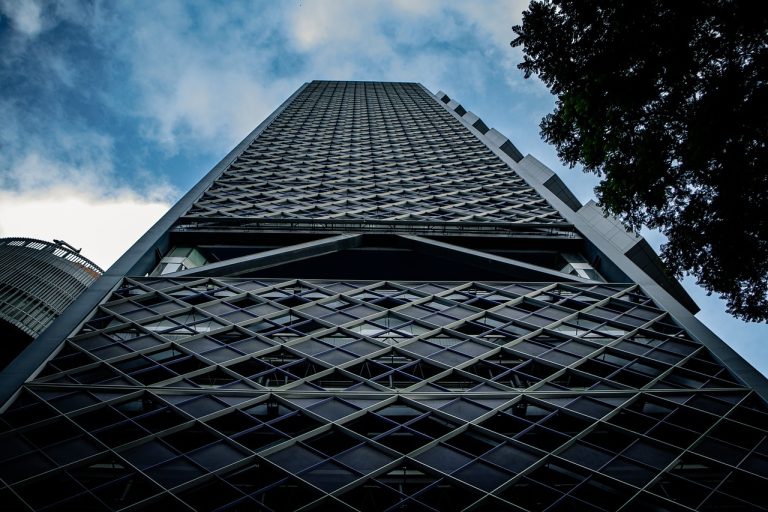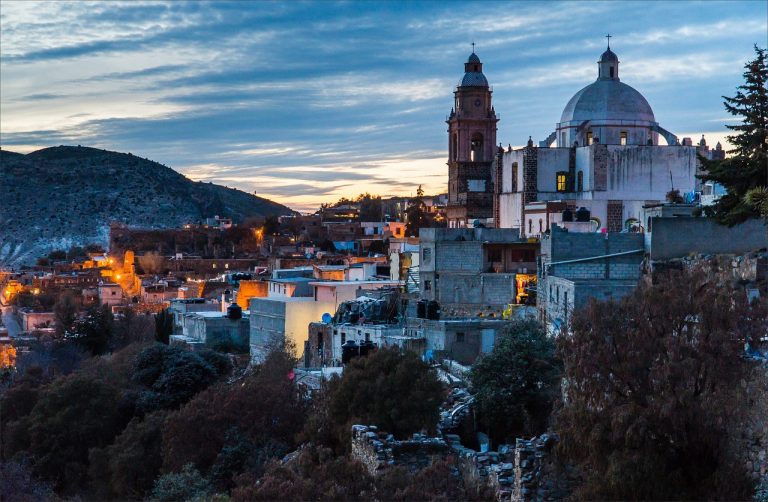Listen (English voice)
Mexico City Mexico Video
Historical Landmarks of Mexico City Mexico: A Deep Dive
Mexico City, the vibrant capital of Mexico, is a city steeped in rich history and culture. From ancient Aztec ruins to colonial-era architecture, the city is home to numerous historical landmarks that serve as a testament to its past. In this article, we will take a deep dive into the historical landmarks of Mexico City and explore their significance.
1. Templo Mayor
- Archaeological Site: Templo Mayor is an archaeological site located in the historic center of Mexico City.
- Aztec Civilization: It was the main temple of the Aztec civilization and served as the religious and political center of the Aztec capital, Tenochtitlan.
- Excavations: The site was discovered in 1978 during the construction of a metro station and has since been excavated extensively.
- Pyramids: Templo Mayor consists of two pyramids, dedicated to the Aztec gods Huitzilopochtli and Tlaloc.
- Museum: Today, visitors can explore the archaeological site and visit the Templo Mayor Museum, which showcases artifacts found at the site.
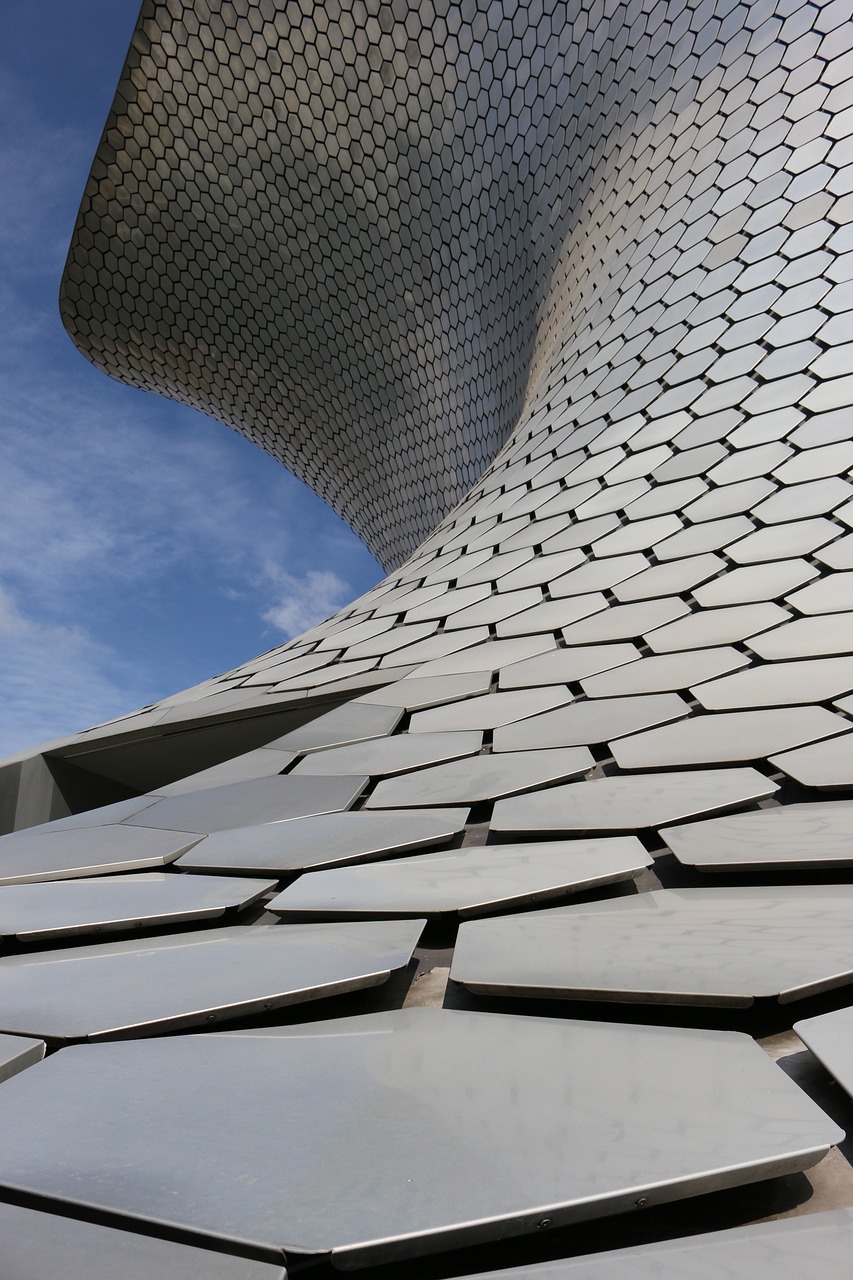
2. Palacio de Bellas Artes
- Fine Arts Palace: Palacio de Bellas Artes, also known as the Palace of Fine Arts, is a prominent cultural center in Mexico City.
- Architecture: The building is a stunning example of Art Nouveau and Art Deco architecture, blending marble, onyx, and stained glass.
- Performing Arts: It houses a theater and a concert hall, hosting various performances including ballet, opera, and classical music concerts.
- Mural Art: The palace is adorned with murals by renowned Mexican artists such as Diego Rivera, David Alfaro Siqueiros, and Rufino Tamayo.
- Exhibitions: Visitors can also explore the museum inside the palace, which showcases rotating art exhibitions.
3. Zocalo
- Main Square: Zocalo, officially known as Plaza de la Constitucion, is the main square and the heart of historic Mexico City.
- Historical Significance: It was the ceremonial center of the Aztec capital and later became the main square during Spanish colonial rule.
- Cathedral: The square is home to the Metropolitan Cathedral, one of the largest and oldest cathedrals in the Americas.
- National Palace: The National Palace, located on one side of the square, houses the offices of the President of Mexico and features murals by Diego Rivera.
- Cultural Events: Zocalo is a vibrant gathering place for cultural events, festivals, and political demonstrations.
4. Chapultepec Castle
- Historic Castle: Chapultepec Castle is a historic castle located on top of Chapultepec Hill in Mexico City.
- Imperial Residence: It served as the imperial residence during the reign of Emperor Maximilian I and later became the official residence of Mexican presidents.
- National Museum: Today, the castle houses the National Museum of History, showcasing exhibits on Mexican history and culture.
- Gardens: The castle is surrounded by beautiful gardens, offering stunning views of the city.
- Chapultepec Park: It is located within Chapultepec Park, one of the largest urban parks in the world.
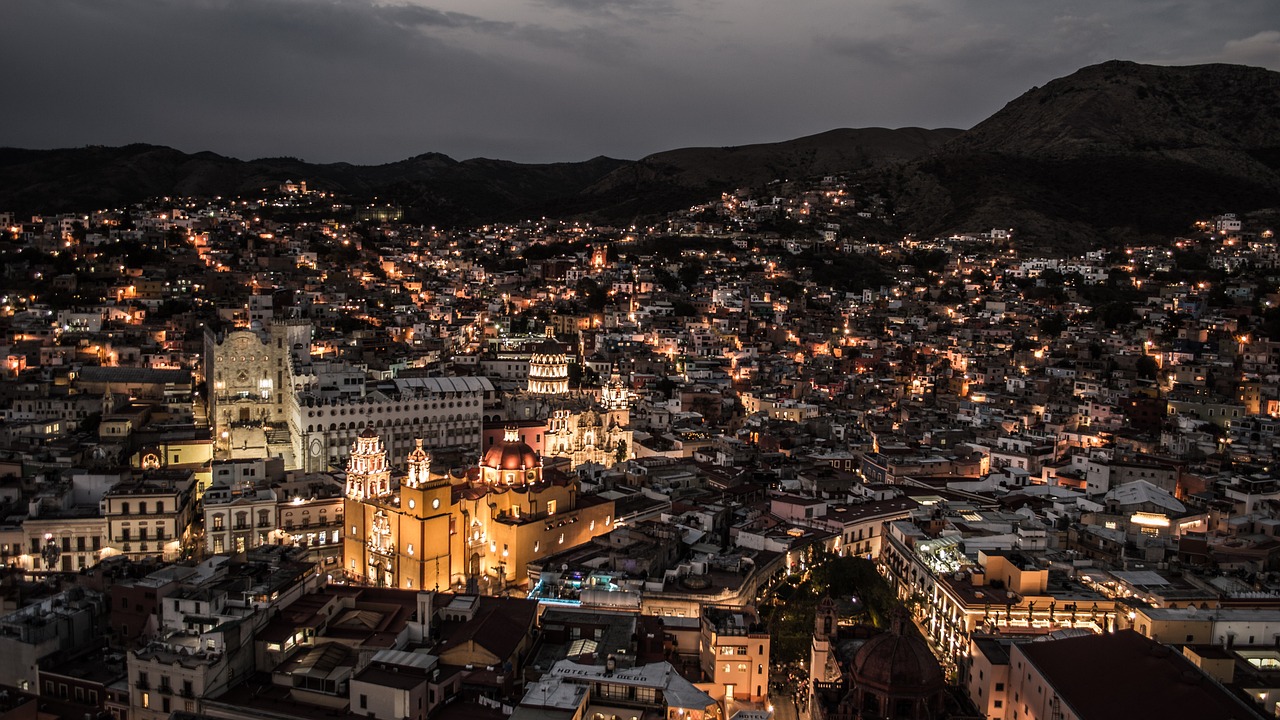
5. Teotihuacan
- Ancient City: Teotihuacan is an ancient city located just outside of Mexico City.
- Pre-Columbian Civilization: It was one of the largest and most influential cities of the pre-Columbian Americas, inhabited by the Teotihuacanos.
- Pyramids: The site is famous for its monumental pyramids, including the Pyramid of the Sun and the Pyramid of the Moon.
- Avenue of the Dead: The main thoroughfare of Teotihuacan is known as the Avenue of the Dead, lined with temples and palaces.
- Archaeological Site: Visitors can explore the well-preserved ruins of Teotihuacan and climb the pyramids for panoramic views of the ancient city.
6. Frida Kahlo Museum
- Casa Azul: The Frida Kahlo Museum, also known as Casa Azul, is the former home of the renowned Mexican artist Frida Kahlo.
- Art and Life: The museum showcases Kahlo’s artwork, personal belongings, and offers insights into her life and artistic career.
- Gardens: The museum is surrounded by beautiful gardens, which were once a source of inspiration for Kahlo.
- Diego Rivera: Casa Azul also features works by Kahlo’s husband, the famous Mexican muralist Diego Rivera.
- Legacy: The museum is a tribute to Frida Kahlo’s enduring legacy as one of Mexico’s most celebrated artists.
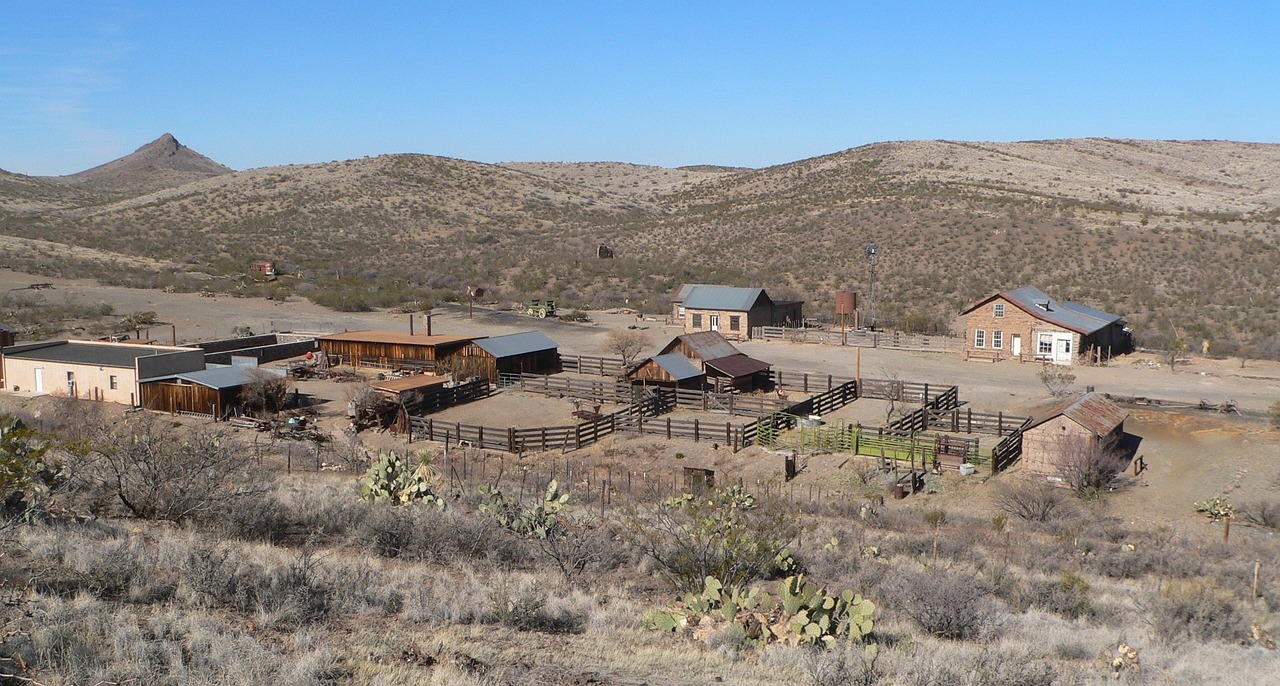
7. National Museum of Anthropology
- Anthropological Museum: The National Museum of Anthropology is one of the most important museums in Mexico.
- Archaeological Artifacts: It houses a vast collection of archaeological artifacts from Mexico’s pre-Columbian civilizations.
- Mexican Cultures: The museum showcases the diverse cultures of Mexico, including the Aztec, Maya, and Olmec civilizations.
- Exhibits: Visitors can explore exhibits on ancient rituals, artwork, architecture, and the history of indigenous peoples.
- Outdoor Spaces: The museum also features expansive outdoor spaces with sculptures and gardens.
8. Xochimilco
- Unesco World Heritage Site: Xochimilco is a UNESCO World Heritage Site located in the southern part of Mexico City.
- Canals: It is famous for its extensive canal system, remnants of the ancient agricultural system developed by the Aztecs.
- Colorful Boats: Visitors can take a traditional trajinera boat ride along the canals, adorned with colorful decorations.
- Ecological Reserve: Xochimilco also encompasses an ecological reserve, home to a variety of plant and animal species.
- Floating Gardens: The area is known for its floating gardens, called chinampas, where locals grow flowers and vegetables.
9. Metropolitan Cathedral
- Religious Icon: The Metropolitan Cathedral is one of the most important religious landmarks in Mexico City.
- Architectural Styles: It combines elements of Gothic, Neoclassical, and Baroque architectural styles.
- Historical Significance: The cathedral was built over the ruins of the Templo Mayor and took over 250 years to complete.
- Art and Decorations: Inside, visitors can admire intricate altarpieces, religious paintings, and ornate chapels.
- Towers and Bells: The cathedral’s towers offer panoramic views of the city, and its bells chime on special occasions.
10. Palacio Nacional
- Seat of Government: Palacio Nacional, or the National Palace, is the seat of the federal executive in Mexico.
- Mural by Diego Rivera: The palace houses a famous mural by Diego Rivera called “The History of Mexico.”
- Presidential Offices: It is the official workplace of the President of Mexico and other government offices.
- Architecture: The building showcases various architectural styles, including Spanish Renaissance and Baroque.
- Patio de Honor: Visitors can explore the Patio de Honor, the central courtyard adorned with murals and a fountain.
References:
- Petit Palace. (n.d.). Retrieved from petitpalace.co.uk
- National Institute of Anthropology and History. (n.d.). Retrieved from inah.gob.mx
- Frida Kahlo Museum. (n.d.). Retrieved from museofridakahlo.org


